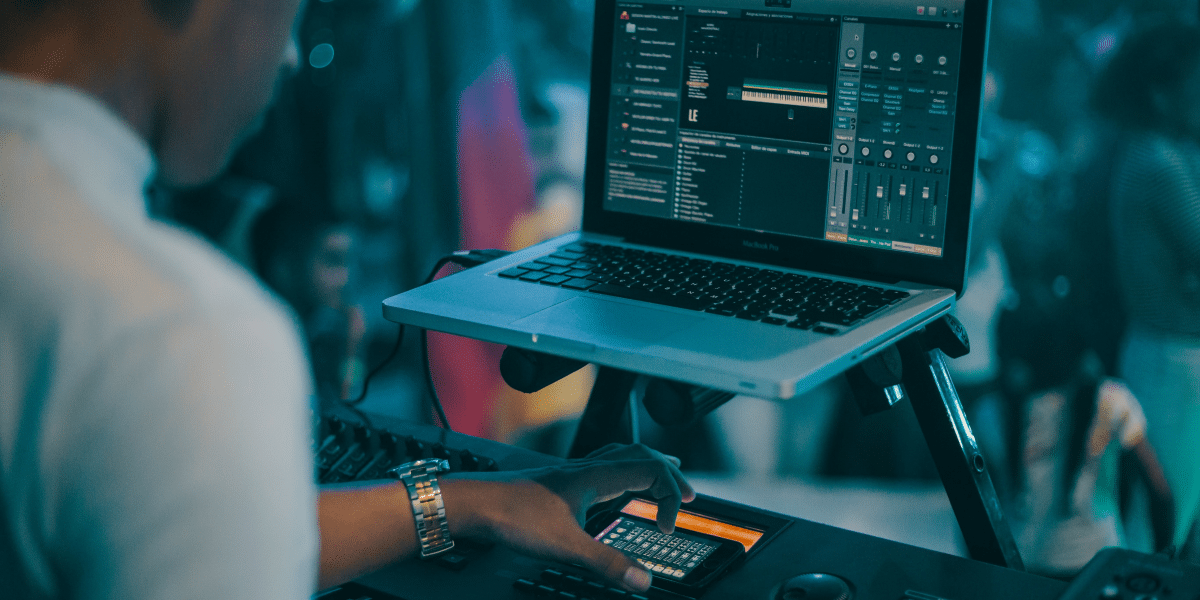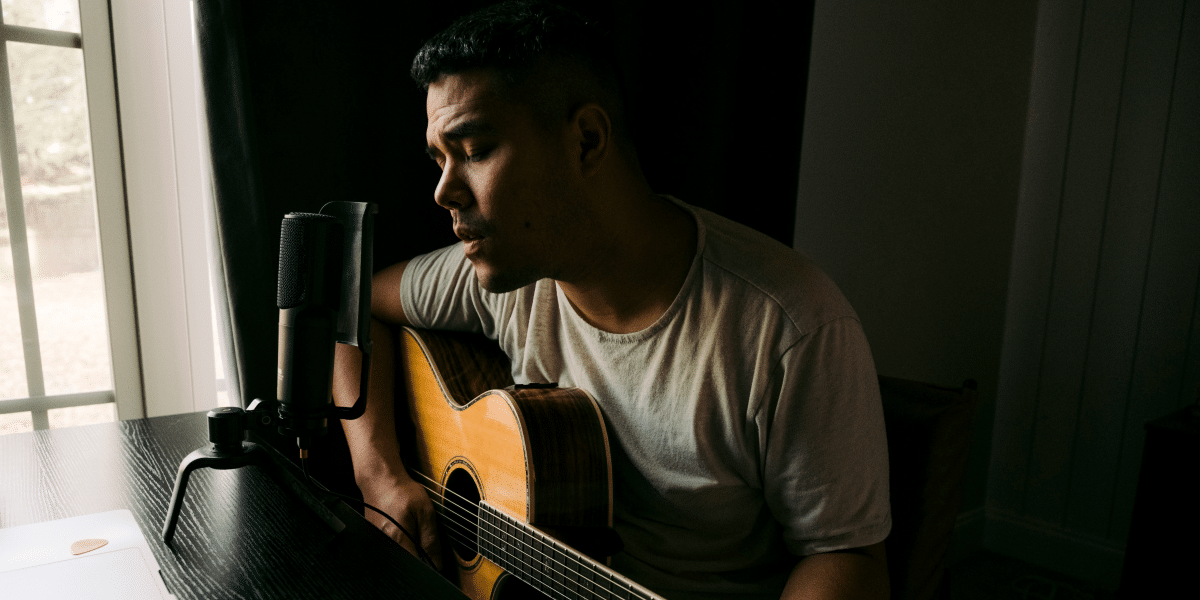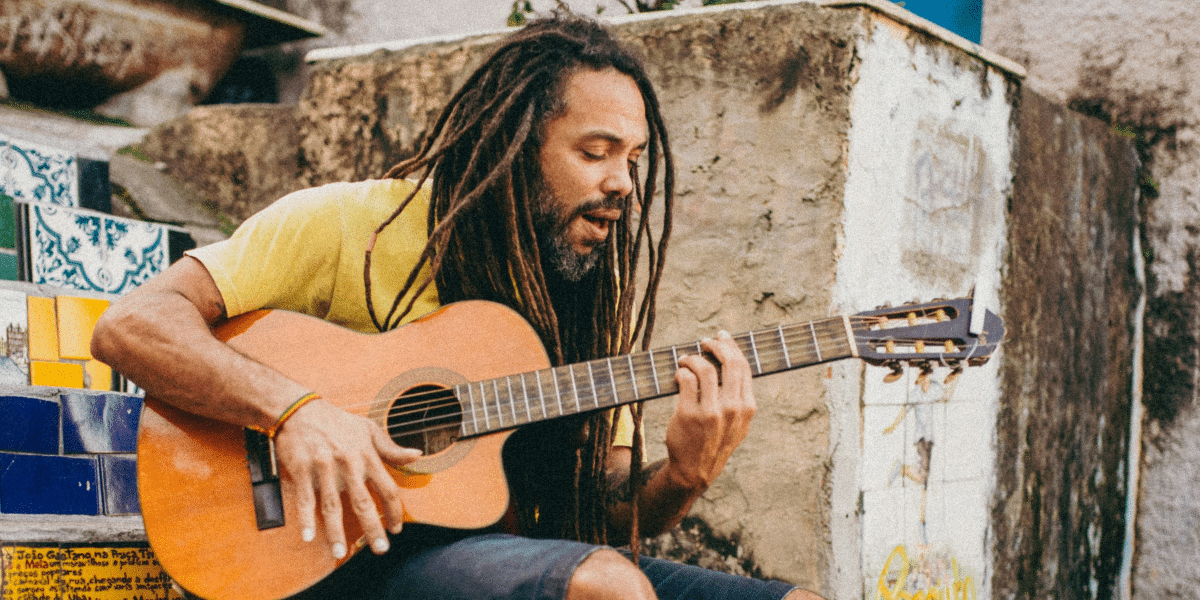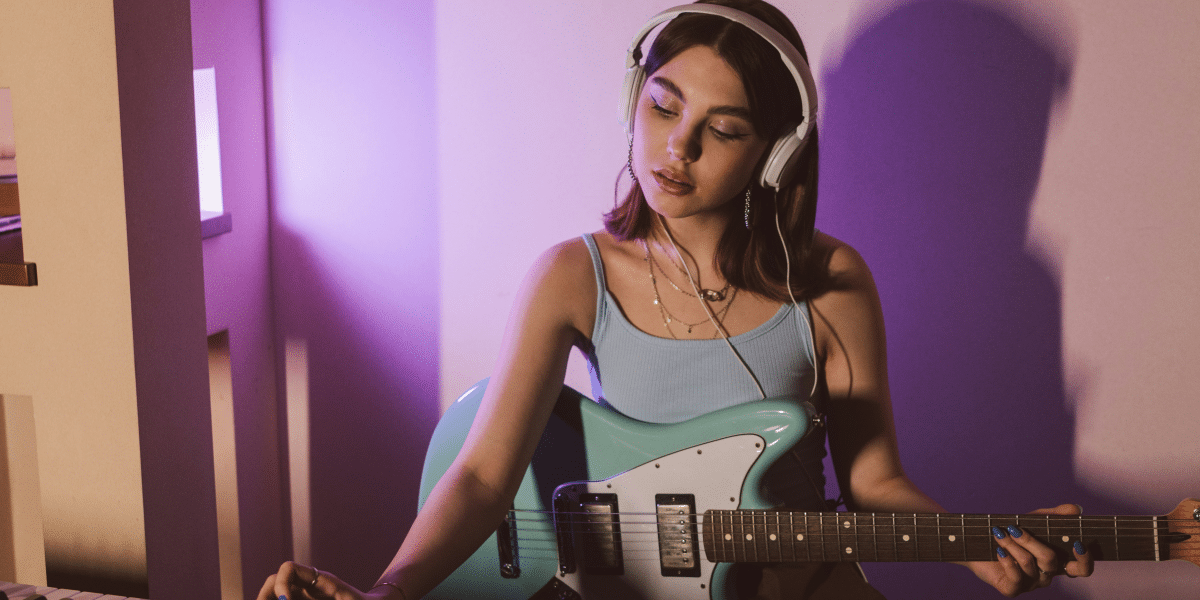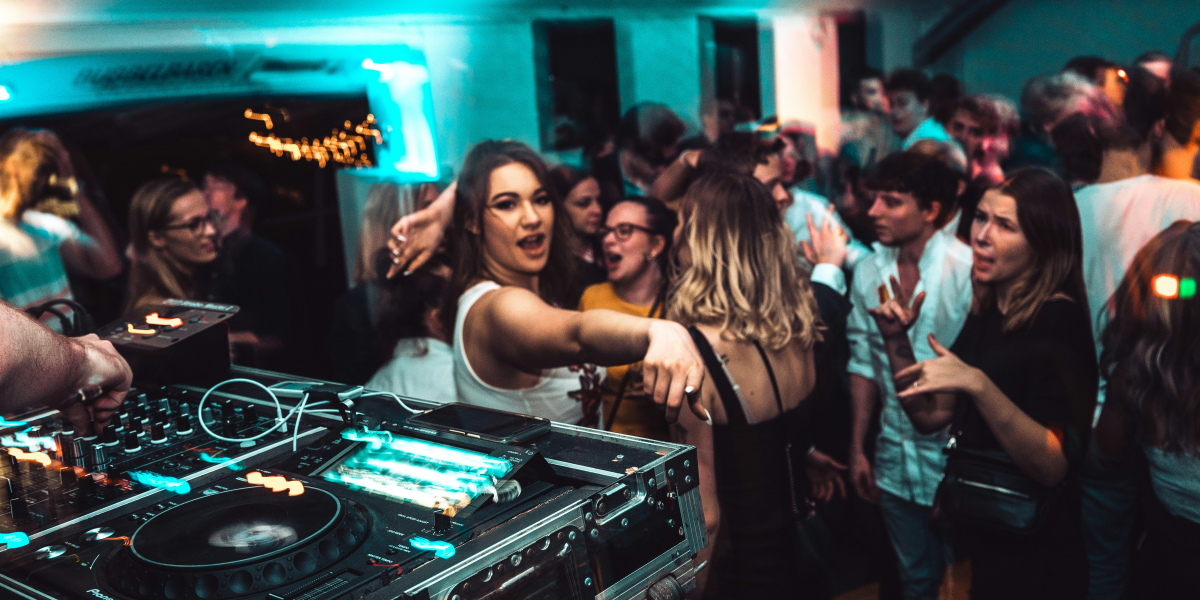The Tech Beat: How Technology Shapes Music Production
Unveiling the Musical Tech Revolution: From Studios to Streaming
Discover how technology has completely changed the way we create and enjoy music. We’ll explore how recording, digital tools, and online streaming have reshaped the entire musical landscape.
1. Recording Evolution
Analog to Digital Magic: In the old days, music was recorded using analog technology. Now, we use digital recording, which captures sounds with incredible precision. It’s like going from painting with a brush to creating digital masterpieces.
Studio in Your Laptop: Technology has miniaturized recording studios. Artists can now create incredible music from the comfort of their homes using just a computer and some software. It’s like having a recording studio in your backpack.
2. Rise of Digital Tools
Virtual Instruments and Sounds: Digital tools allow musicians to play virtual instruments and experiment with diverse sounds. From lifelike pianos to futuristic beats, artists can explore a universe of musical possibilities without needing physical instruments.
Endless Editing Possibilities: In the past, once a recording was made, it was challenging to make changes. Now, digital technology lets producers tweak, edit, and perfect every note until it’s just right. It’s like having a musical undo button.
3. Online Streaming Takeover
Music Anytime, Anywhere: Gone are the days of physical albums. Online streaming platforms like Spotify and Apple Music bring music to your fingertips 24/7. Whether you’re commuting, exercising, or chilling at home, your favorite tunes are just a click away.
Discovering New Sounds: Streaming services use algorithms to recommend music based on your preferences. It’s like having a musical guide that introduces you to new artists and genres, expanding your sonic horizons.
4. Collaboration Without Boundaries
Global Musical Connections: Technology allows artists to collaborate across the globe. Musicians can work together, sharing ideas and creating magic without being in the same room. It’s like having a virtual jam session with artists from different corners of the world.
Remote Production Prowess: Producers can work with artists without having to be physically present. This opens up opportunities for collaborations that were once impossible. It’s like breaking down the walls of the traditional recording studio.
5. The Future Harmony
AI and Music: The future holds exciting possibilities with artificial intelligence (AI). AI tools can analyze musical patterns, suggest creative ideas, and even compose music. It’s like having a virtual musical companion that understands your artistic vision.
Immersive Music Experiences: Virtual reality (VR) and augmented reality (AR) are shaping the future of music experiences. Imagine attending a concert from the comfort of your living room or stepping into a virtual world where music comes to life around you.
A Harmonious Fusion of Art and Tech
In this tech-driven musical era, the marriage of art and technology continues to produce incredible harmonies. From the way music is created to how it reaches our ears, technology has not just changed the game; it has transformed the entire symphony. Join us as we embrace the ever-evolving melody of music in the digital age.
